(QBĐT) - I've been fortunate to meet the right people in Quang Binh , including Mr. Lai Van Ly. His life was truly a struggle for the roads in the war zone of Quang Binh. He served as Head of the Department of Transport during the most intense periods: 1965-1968 and 1972-1973 (Deputy Chairman of the Provincial People's Committee and Head of the Department). These were two periods when the US imperialists waged two wars of destruction against North Vietnam, aiming to "cut off" the supply route from the North to the great southern front. Quang Binh, located in the "coordinates of fire," endured "bomb rain and bullet storms."
Recalling the time I was preparing to compile (and supplement) the book "History of Transportation in Quang Binh, 1945-2015," I met him twice. His house was small and modest, located in residential area 6, Dong Phu ward (Dong Hoi city). Knowing that I had come to research and revise the history of transportation, Mr. Lai Van Ly happily greeted me.
Quang Binh has a vital network of roads along the historic Truong Son Trail, but Mr. Lai Van Ly spends much of his time talking about the "Unity Road," or Road 16. "It has its origins and meaning; it's not just a name we like," he says , his voice clear and concise despite his advanced age.
 |
According to Mr. Lai Van Ly, at the Thach Ban intersection (Le Thuy district), at the end of Highway 15A, there is a branch leading east to Le Thuy district and another branch leading west into the Truong Son mountain range – this branch is Highway 16. In 1956, when the US-Diem regime carried out "white terror" in the South, hundreds of Bru-Van Kieu people in Quang Tri fled to this trail to seek refuge. From 1958-1960, the Central Committee expanded the trail from the Thach Ban intersection to Lang Ho village, 40km long, and named it Highway 16.
"Quang Binh has many strategic routes, such as Route 12, Route 20, Route 10... but Route 16 has special significance, directly connecting Quang Binh with Tri Thien- Hue . Therefore, this road is a 'top secret' route," Mr. Lai Van Ly shared.
However, things weren't smooth from the start. Mr. Lai Van Ly recalled the early days of the road. He remembered the words of General Dinh Duc Thien, former Head of the General Department of Logistics, who told him: "In this day and age, if you still use handcarts like in the Dien Bien Phu era, how can you defeat the Americans?" At the meeting, Mr. Lai Van Ly reiterated the suggestion of Mr. Hoang Anh, Secretary of the Tri Thien Regional Party Committee (appointed by the Central Committee), to have the shortest and fastest access route to the 17th parallel, using mainly rudimentary transport to maintain maximum secrecy.
With the participation of Construction Team 12A, the Quyet Thang Youth Volunteer Team of Quang Binh, and the Cu Chinh Lan Youth Volunteer Team of Nghe An, the construction site of Road 16 from Vit Thu Lu to Lang Ho, and gradually to Doc Khi, was widened. “Mechanized vehicles could now travel on it,” he recalled. From Doc Khi, crossing the 1001 pass to the north of the Xe Bang Hieng river, the road was only 1.5 meters wide, mainly used for hauling goods. The force involved in hauling goods on the main route consisted of 4,000 handcarts belonging to civilian laborers from Thanh Hoa province.
- Initially, Route 16 was divided into two connecting routes, Mr. Lai Van Ly explained. Route "Thong Nhat A" also consisted of two sections, from Thach Ban to Doc Khi; the second section from Doc Khi to the north of the Se Bang Hieng River; totaling 84km in length. Route "Thong Nhat B" ran from the south of the Se Bang Hieng River to the north of Route 9, under the responsibility of the Tri Thien Military Region.
Roads, like lives, have their own destinies and missions. Highway 16 continued to be widened to 2.5 meters, then... 4 meters. By the end of 1969, the first commando had reached the Se Bang Hieng River, carrying a delegation of Tri Thien Regional Party Committee officials to the North for work. "We were overjoyed to see each other," Mr. Lai Van Ly's voice lowered. I understood that the past was resurfacing in his mind.
Transportation capacity on the "Unity B" section of the route was also enhanced. According to Mr. Lai Van Ly's recollections, by the end of 1970, 4,000 tons of goods had been transported to the Tri Thien war zone. In 1971, Route 16 was assigned to the 559th Regiment for management, strengthening transportation and serving the Route 9 Southern Laos Campaign, contributing to the defeat of the US-backed South Vietnamese "Lam Son 719" operation.
"There are profound memories along the way, on every stretch of road, every cargo staging area, that I will never forget," Mr. Lai Van Ly said, taking a sip of tea, reminiscing.
 |
He told me that once, Mr. Vo Hap, Head of Logistics of the Tri Thien Military Region, passed by a goods staging area at Doc Khi. Seeing soldiers and drivers bustling about, with green and white plastic sheets covering the goods gleaming, Mr. Hap shouted: "You're being too obvious! Just like Dong Xuan Market in Hanoi!" Of course, they had to learn from the experience immediately, but from then on, this goods staging area was called "Dong Xuan Market." Another staging area was called "Hang Co Station," and a section of road that Hanoi soldiers called "Tran Hung Dao Boulevard" ...
Those were truly difficult times, but with the determination to "Cross the Truong Son mountain range to save the country," the people and soldiers of the whole country in general, and Quang Binh in particular, showed extraordinary resilience.
"It was incredibly hard, beyond description, my child. Even the wild banana trees along the roadside were withered. Many army units marching through here would pick unripe bananas to eat with salt or cook with dried fish sauce. There was hunger and malaria. Many soldiers marching through here had to be left behind at the stations because they contracted malaria."
The "Road of Reunification," along with other routes in the Truong Son strategic road system, led to the day of liberation. From the first steps of the liaison units, then carrying supplies on their shoulders with the motto "Leave no trace, cook no smoke, speak no sound," to the time when motorized vehicles could travel on Route 16, it was a long journey, filled with sweat and blood. The "Road of Reunification" brings to mind Trong Tan and Anh Tho's duet "The Road of Four Seasons of Spring": "You ask me which road is the most beautiful?/I say: 'Only the Road of Reunification today'/The Truong Son road with its vast forests or the national highway also stretches across the country" (Do Nhuan).
During the process of industrialization and modernization, Quang Binh is also one of the localities that has rapidly developed its road transport infrastructure. The strategic road formerly known as Truong Son has long been named Ho Chi Minh Road. Road 16, as a part of history, bearing the aspiration of the "Road of Unification," will forever be a "witness" and a "memory" of that heroic era. Before 1950, Mr. Lai Van Ly was a typesetter. He served as Vice Chairman of the People's Committee of Quang Binh province, a member of the National Assembly (7th term), and held many other positions. He retired in 1999.
In March 2015, Mr. Lai Van Ly passed away. He did not have the chance to join the generations of officials and employees of the Quang Binh Department of Transport in celebrating the 70th anniversary of the founding of the Vietnamese Transport sector in August of that year. However, his name is still mentioned by anyone who has ever traveled along these vital transportation routes.
Ngo Duc Hanh
Source




















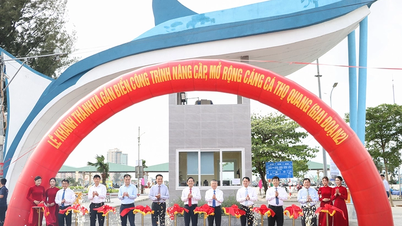





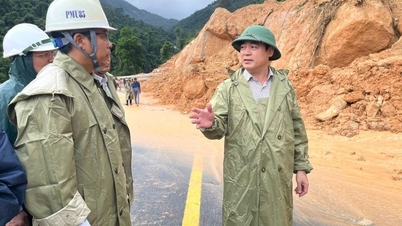

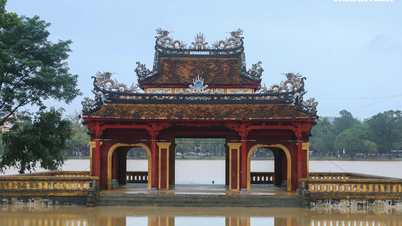

















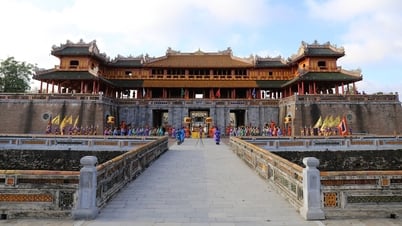


























































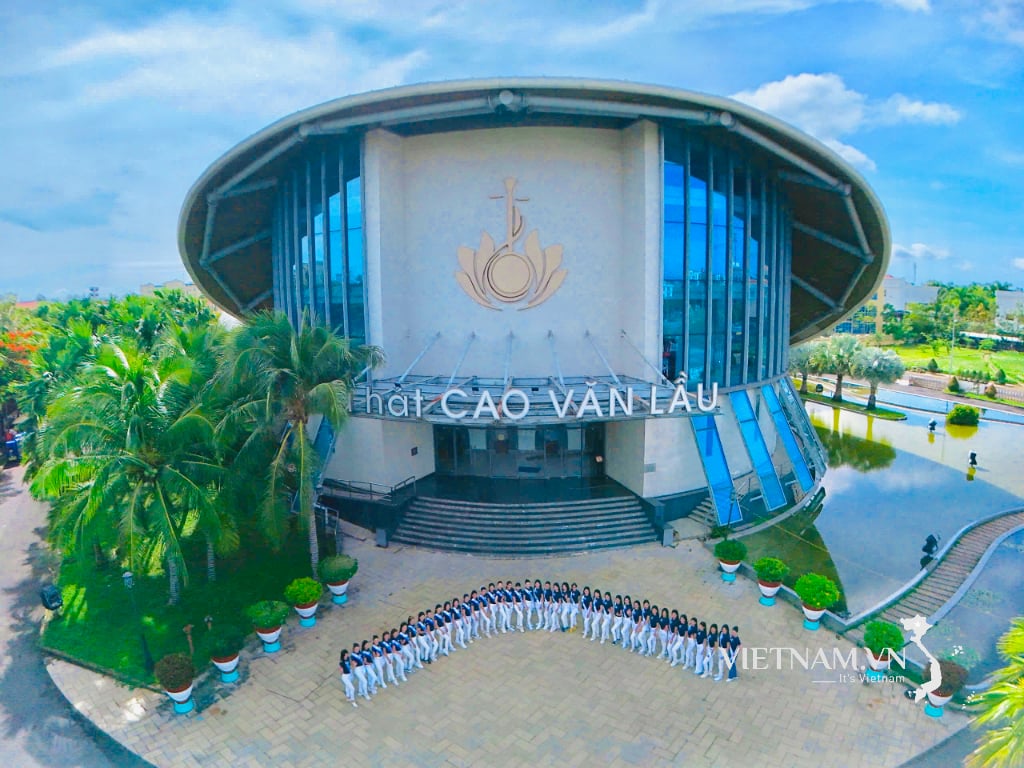

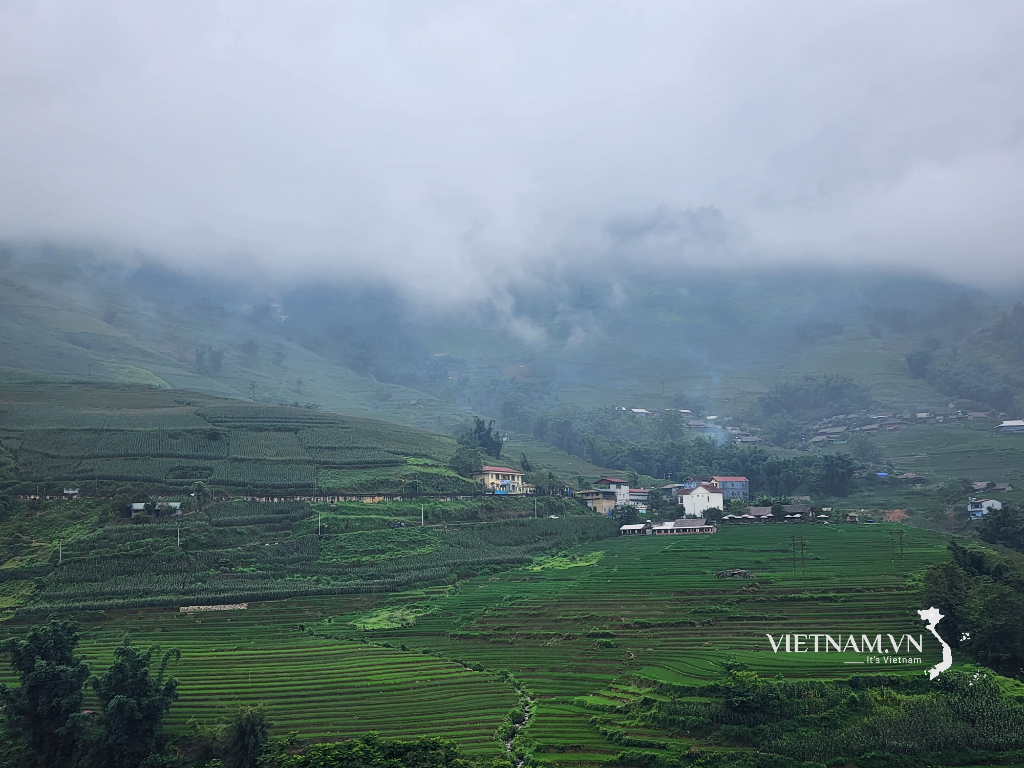

Comment (0)